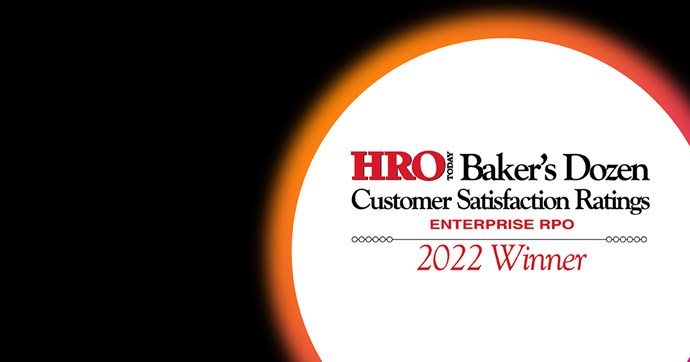While many engineering jobs cannot be done remotely, the best-performing engineering businesses are those adapting quickly and positively to home working demands. Engineering businesses and talent acquisition leaders must learn to successfully navigate the challenges of remote working to retain staff amid a worsening talent shortage.
In an article for The Engineer, Sally Hunter, Managing Director – Advanced Manufacturing and Technology, writes about the benefits of remote work and addresses lingering concerns around introducing remote/hybrid work options.
From the article:
“The Littler 2021 European Employer Survey found that over 50% of employers believe their employees prefer hybrid or remote work to a greater extent than they offer it. Employees want more flexibility, while many employers know what they’re doing isn’t enough.
Flexible work practices are particularly important for younger workers like Gen Z, who now make up a significant, skilled and mobile demographic of the professional engineering population. In fact, flexible working is a crucial prerequisite for this growing, indispensable talent.
Research by Kantar found that 86% of Generation Z and 85% of millennials said that flexible home working policies are one of the most important offers they consider when deciding whether to accept a job, compared to just 66% of boomers. Simply put, the younger workforce prefers remote work and will take jobs that allow it over those that don’t.
Most younger workers simply won’t consider a role without lots of flexibility and autonomy. So, engineering companies need to double down on their existing early talent programmes to get access to the right skills and capabilities.
Offering remote work on a distance basis also gives the added benefit of recruiting from a far wider, far greater, geographical and diverse pool of candidates. Forward thinking companies are realising that visas are not needed for remote working across borders, with the physical barrier of employing EU nationals removed by fully remote work models.”
To read more, visit The Engineer.



